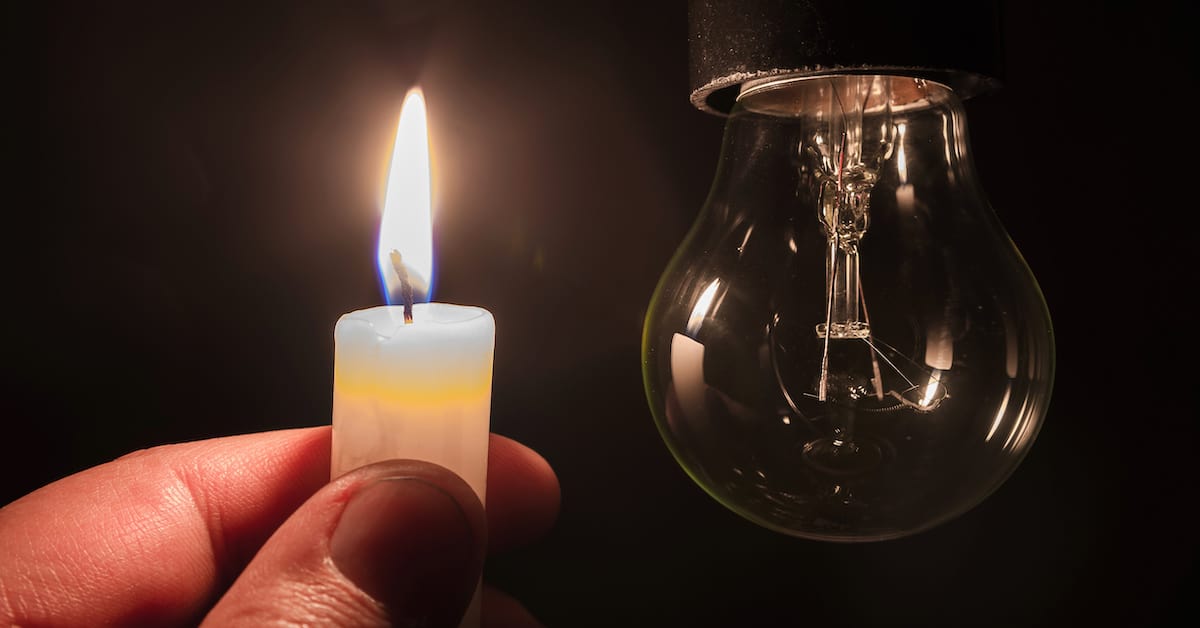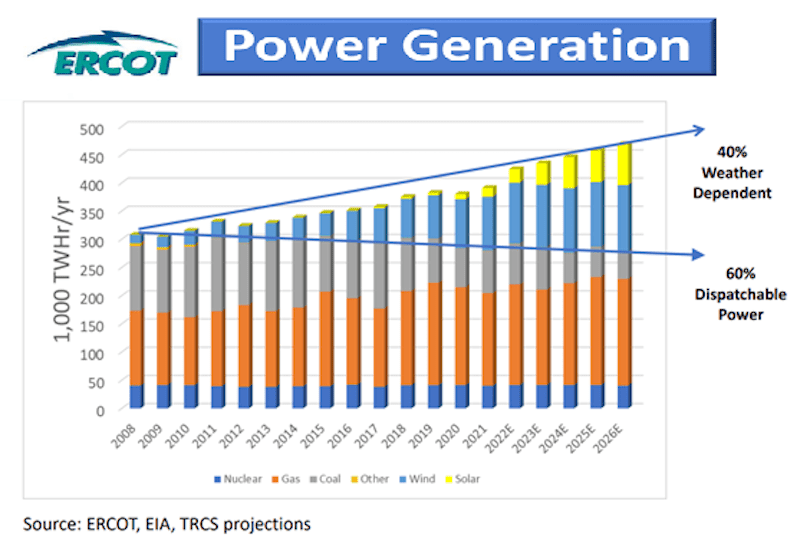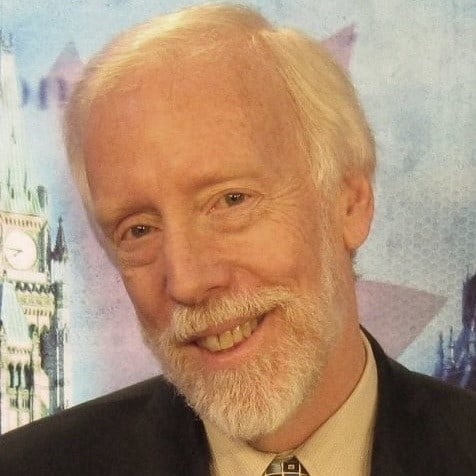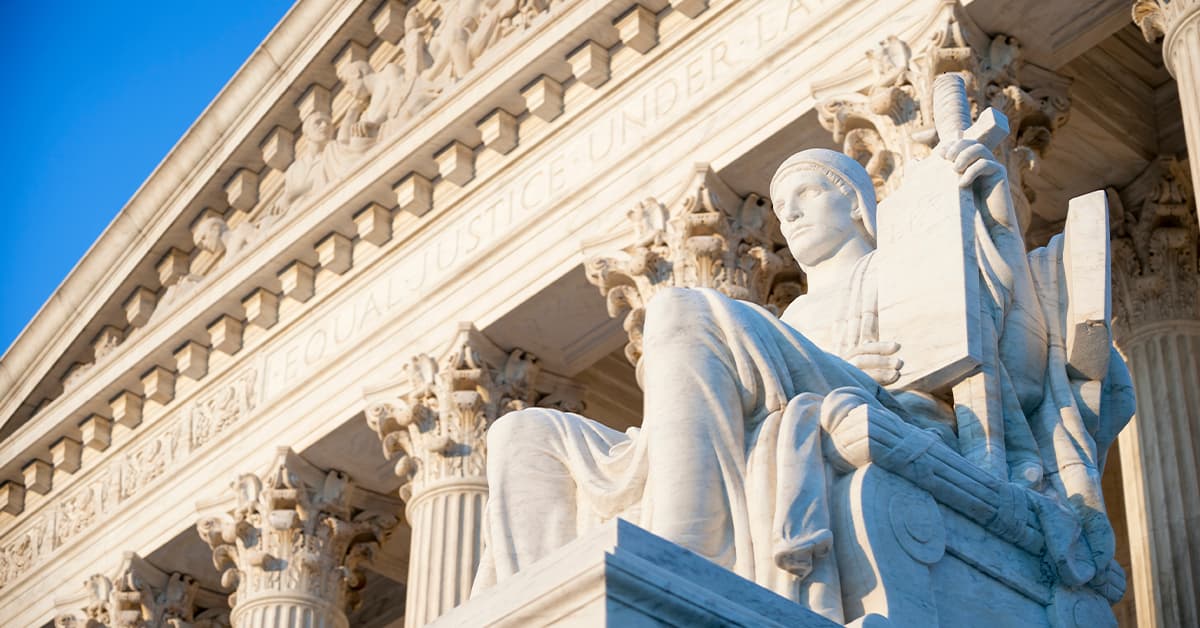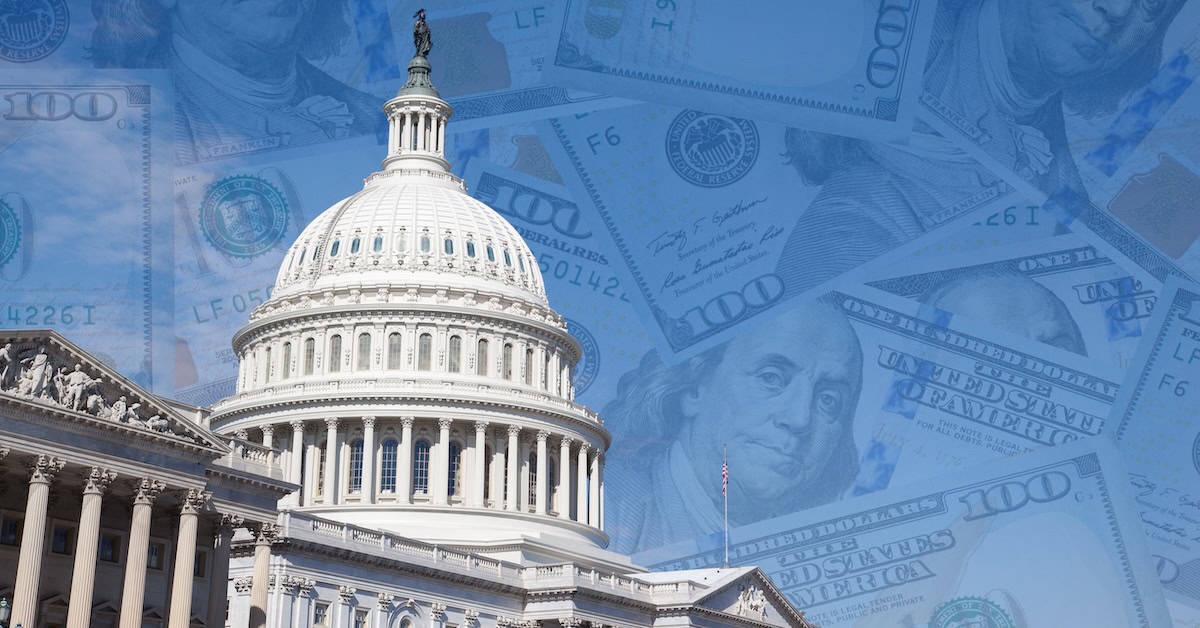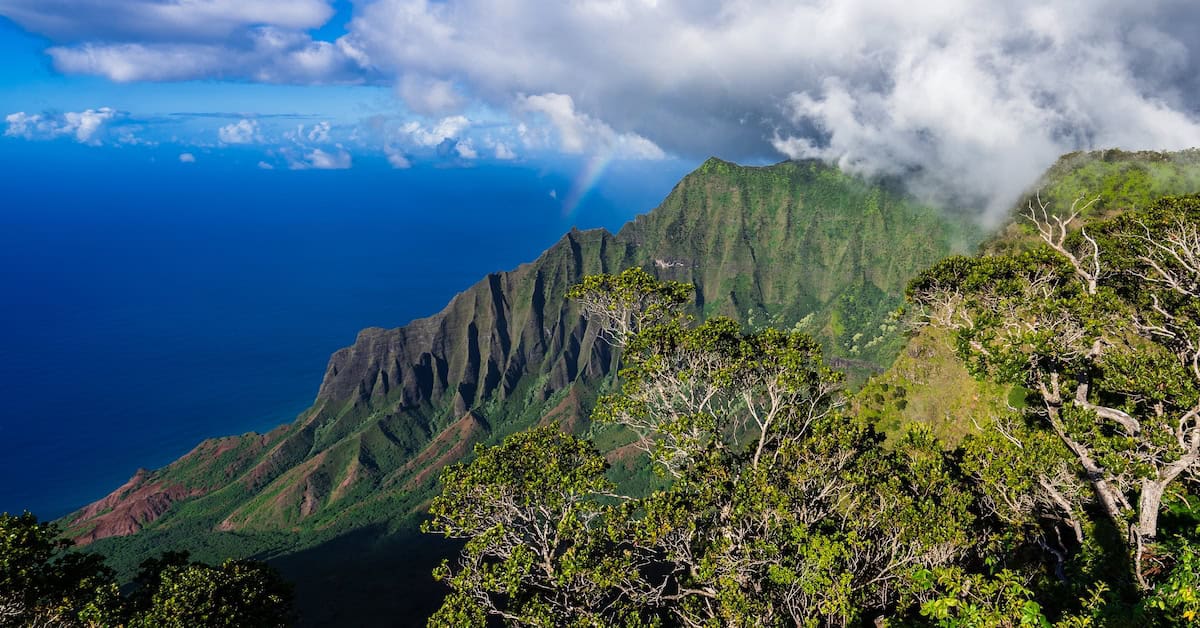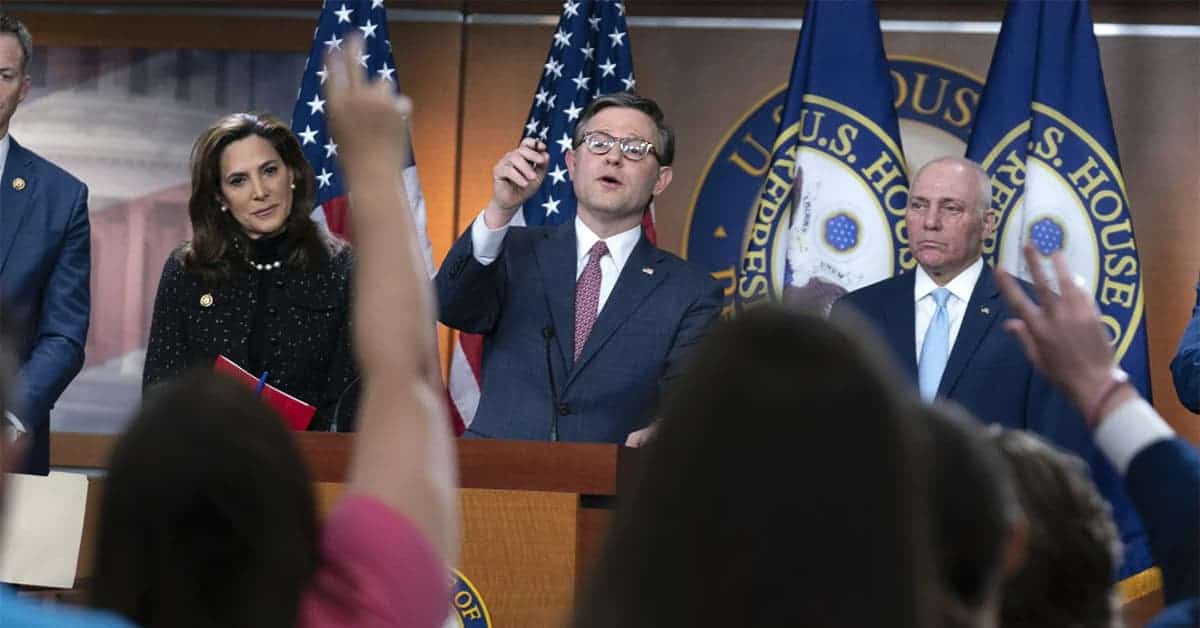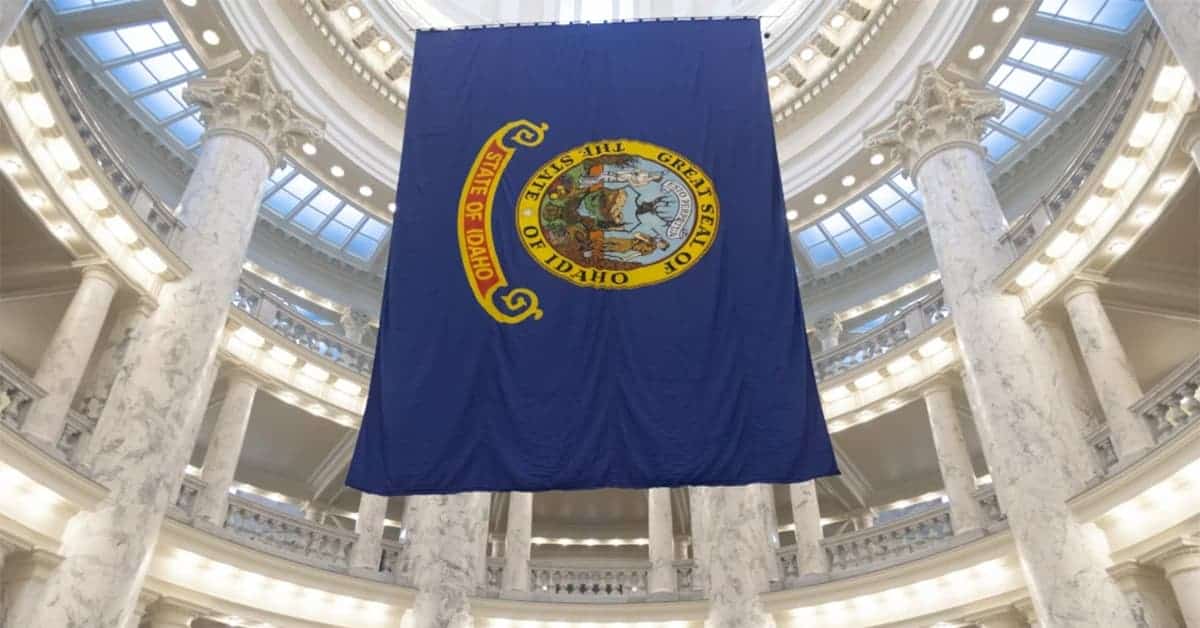Current federal policies targeting 80% renewable power by 2030 and 100% by 2035 “is suicidal,” says Gregg Goodnight, a retired chemical engineer and member of The Right Climate Stuff (TRCS), a group of retired and highly experienced NASA engineers and scientists who have assessed the state of today’s climate change science (see part 1 and part 2 of this series). And, if you think what happened in the Texas blackout of February 2021 was bad, just wait… a nationwide power disaster is coming if America continues to shut down affordable, reliable, “dispatchable” power — electricity that is available the instant you need it — in favor of costly and intermittent wind and solar energy projects dependent on “sunshine and breezes” (re. California engineer Ron Stein).
To come to these conclusions, Goodnight and his team at TRCS carefully analyzed the 2021 Texas power failure, “a unique case study” applicable to the United States as a whole. The Electric Reliability Council of Texas (ERCOT), the entity managing 90% of the state’s electricity grid and performing the required power balancing, is a stand-alone facility, independent of the rest of the country’s grids. Before discussing Goodnight’s findings and his recommendations, let’s recap what happened in February 2021.
In mid-February, several severe winter storms swept across the U.S. due to the polar jet stream dipping particularly far south. This allowed a polar vortex to bring very cold air from higher latitudes into Texas, resulting in record-low temperatures across the state. Indeed, it was colder in Dallas, Austin, Houston, and San Antonio than in Anchorage, Alaska, during this period.
During the week before the storm (unofficially named winter storm Uri) hit the Lone Star State, there were warnings that it was going to be severe. Normal load for ERCOT in winter is about 60 gigawatts (GW), or 65 GW in bad weather. However, some people were predicting peak loads of nearly 75 GW this time around. This worried power engineers since 10 – 12 GW of coal and natural gas was already offline due to maintenance which had been deferred from the fall in part due to the unavailability of manpower to inspect and fix the turbines due to the COVID restrictions.
By the evening of Sunday, February 14, Texans were turning up their thermostats as temperatures fell and snow and ice were blanketing many areas. The electricity load soared to 76.8 GW, while wind and solar power quickly plummeted from 9.1 GW to 5.3 GW. Even with ERCOT ramping up what little extra dispatchable power they had, they had to start manually shedding load, deliberately shutting down electricity in parts of the grid, leaving many people cold and in the dark.
ERCOT had no choice. If the power available in the grid drops too much below the demand, the frequency of the a/c electricity in the grid drops from its normal 60 cycles per second (hertz) to dangerously low levels, at which point physical damage occurs to customer, supplier and transmission equipment and failure of the entire system will occur if it is not quickly corrected.
At 12:15 am. Monday, ERCOT went to its first level of energy emergency alert, and at 1:07 am, they went to the second level, at which power reductions were triggered for industrial customers who volunteer to have power turned off when supply gets scarce. By 1:23 am, about 1/3 of Texas’ power-generation capacity was down. The highest alert was then triggered, and ERCOT ordered power providers to shed load, plunging millions into darkness.
But even that did not solve the problem, and as can be seen in the following graph, by 1:43 am. Monday, another GW of load was shed, and over 35 GW was offline. This continued over and over, and by 1:51 am, the grid dropped below 59.4 hertz, the critical point at which, if it continues for 9 minutes, a cascading failure of the entire grid would be possible.
Happily, 4 minutes and 23 seconds after the frequency fell below 59.4 hertz, it began to rise as more and more customers were dumped from the grid. If it had stayed below that threshold for 4 minutes and 37 seconds longer, Texans could have been without power for weeks, if not months, before a “black start” would have been possible. The Wall Street Journal reported that 700 people died as a result of the blackout. If a black start had been required, it could have easily been the greatest disaster in U.S. history, with possibly tens of thousands of deaths.
By 2:03 am, the grid was back to 60 hertz, but there was not enough power being produced, and so much of the state remained powerless for days.
As usual, most mainstream media and many politicians went into full woke mode in defense of wind power. The Texas blackout was not the fault of the state’s high wind power utilization, the greatest in the nation, but was caused by the failure of natural gas, the state’s main source of power, they said.
For example, the New York Times reported (“No, Wind Farms Aren’t the Main Cause of the Texas Blackouts,” May 3, 2021):
“The state’s widespread electricity failure was largely caused by freezing natural gas pipelines. That didn’t stop advocates for fossil fuels from trying to shift blame.”
Sen. Joe Manchin, (D-WV) told CNN on December 9, 2021:
“It was natural gas that basically shut down in Texas that caused all of that horrible carnage for people; it was awful.”
Concerning events on the evening of Sunday, February 14, KUT 90.5, Austin’s NPR station, reported on February 21, 2021:
“Meanwhile, power plants across the state were going offline because of the cold weather; natural gas, coal, nuclear, and wind energy sources were all failing.”
But, as illustrated in the following graph (showing average operating rates for units not in planned shutdown to perform maintenance) from Goodnight’s presentation at The Heartland Institute’s 14th International Conference on Climate Change, this is all wrong. Power contributions from natural gas, coal, and nuclear did not drop in the hours leading up to, and during, the critical 9-minute period at all. In contrast, wind was reduced by nearly 50% in this period, and solar disappeared at sundown.
The conclusions of Goodnight and The Right Climate Stuff team about the real reasons for the February 2021 Texas blackout and the lessons that must be learned if the U.S. is to avoid a nationwide power disaster are straightforward:
- The reliability of the ERCOT grid is being slowly compromised by the cumulative impact of public policy favoring renewable energy additions.
- Intermittency is an inherent aspect of renewable power, solar, and wind, and it needs to be addressed in public policy.
- Adequate levels of dispatchable power need to be maintained through appropriate policy for power pricing.
Goodnight told the Heartland audience:
“During the critical period from 1 – 2 am on February 15, lack of dispatchable power (all gas, all coal was running at full availability) combined with increasing system load and loss of power from wind resulted in loss of control of system frequency.”
This is a huge problem for Texas, which already has over 13,000 turbines, in 150 wind farms providing 20% of total U.S. wind power output. And, as the following graph illustrates, plans are to grow it even more.
Goodnight concluded his ICCC-14 talk:
“70 percent, 100% renewable power, we believe is the fantasy.”
I agree, unless, of course, we are prepared to accept the deaths of millions as we are left financially ruined, hungry, freezing in the dark, and dominated by nations that did not follow President Biden’s ruinous “transition” to renewable energy.
My previous America Out Loud co-host, the late Dr. Jay Lehr, felt that disasters like that which occurred in Texas in 2021 would have to happen repeatedly across the western world before the public demand electricity grids powered entirely by reliable, dispatchable, and affordable power sources. It is our job to push our fellow citizens to quickly realize that attempting to power a modern industrial society on wind and solar power is, as Mr. Goodnight said so well, “suicidal.”
Note: Gregg Goodnight will be a speaker on The Right Climate Stuff (TRCS) panel at the 15th International Conference on Climate Change organized by The Heartland Institute in Orlando, Florida, from February 23 – 25. Joining me this week on The Other Side of the Story on the America Out Loud Talk Network will be former NASA engineers Jim Peacock, current Chairman of TRCS, and Tom Moser, TRCS founder.






